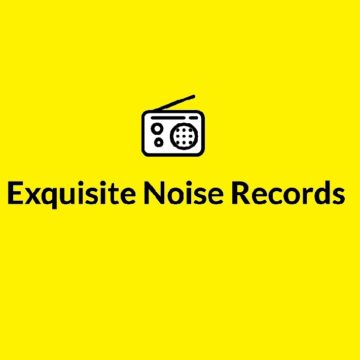In this post I will officially begin my series by discussing some of the programs/tools we have stumbled across, all either free or fairly inexpensive, that will make getting your muisc out there tremendously easier. As I’ve alluded to before, this isn’t to say there aren’t better and more modern solutions out there. But the whole point of what I hope to accomplish with these posts is to provide some terrific low-tech and/or low budget options for those of you who are like we are, either cash strapped or not exactly computer proficient.
One constant I have found that seems to hold true when dealing with computers or the internet is that you are almost always better off finding the OLDEST program you can that works and is compatible with your computer. This would seem to fly in the face of common sense, but it’s a mistake to think that to keep up with a hyper modern landscape, that you need the most cutting edge tools. The reality is that a software update often only makes for more confusion, or provides a bunch of bells and whistles you don’t need, when an earlier version would provide exacly whay you’re looking for without the distractions and hassles.
Unless you’re Mac users, most of you have operating systems that come factory loaded with the Windows Media Player program. This is an okay accessory that does have its uses, but for the most part is a prime example of exactly what I’m talking about – unnecessarily complicated and surprisingly little use in getting your music released.
Which brings us to the point now of discussing what I feel are some absolute essentials. Again, if you are living high on the hog with top shelf gear and Pro Tools and are a computer whiz, you would surely laugh at the advice given here. And lord knows if you are one of those fortunate souls and are reading this and have some SIMPLE input to offer, we’re all ears. But this isn’t really aimed at such an individual, and chances are few of you are reading this.
Start by downloading a free program called Real Player. Again I would recommend finding the OLDEST version you can, and even better, if you can download it onto a computer that you don’t need for internet access and can thus disconnect it from the internet, even better – fewer distractions and a lot faster load time. Real Player is an easy to use and handy device for converting “mp3” files to “wav” files and vice versa, which you will need.
Next up I would recommend finding a Cakewalk Pro Audio program. The one we’ve been using for literally a decade is the same old Pro Audio 9 disc, which has been copied probably onto a dozen different computers at our various members’ households through the years. Either you are recording music onto a computer program, or you are recording music onto tape and thus need a means of importing it – either way, you can use this program, and you should be able to find it dirt cheap on e-bay at this point.
Lastly, I would recommend trying to find a free version of a program called Audacity, available as of this writing at audacity.sourceforge.net. It’s still the best thing we have found for cleaning up static. We’re kind of in the middle in that we record directly from our p.a. onto the hard drive these days, but at the same time have a bunch of old tapes we’ve slowly begun importing and cleaning up with this Audacity, and it really is a breeze to use.
Armed with these three, and a normal 1/8th inch cord, a flash drive and a couple rewriteable CDs, you bascially have every tool you need to make your music sound as good as it can on this end of the equation, and with almost no headaches at all. In my next post, I will discuss what to do with all of this.
